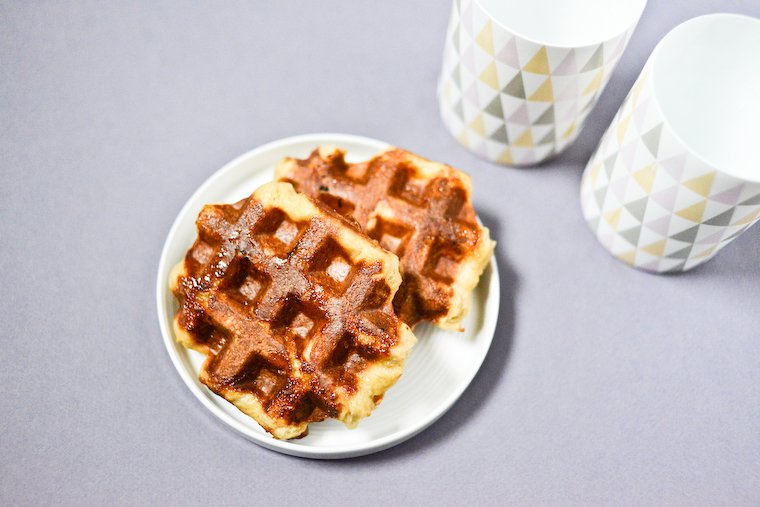After years of whizzing all of my soups to liquid velvet, I have recently and suddenly become a chunky soup convert.
This change of preference happened overnight, and I don’t know what prompted it, but ever since the beginning of the fall and the first batches of the season, I can’t think of a more desirable soup format than cubes, coins, and ribbons of vegetables intermingling in a broth. There’s chew and slurp, and the combination of the two provides a greater satisfaction than one or the other.
A few things to keep in mind when preparing that type of soup: first, the vegetables need to be cut into even sizes and shapes, so they’ll form a coherent ensemble in the bowl. This is of less concern when you’re preparing a mixed soup, but here you have to imagine that the pieces you add in will essentially remain the same when cooked, so you want smaller than bite-sized morsels.
I can’t think of a more desirable soup format than cubes, coins, and ribbons of vegetables intermingling in a broth. There’s chew and slurp, and the combination of the two provides a greater satisfaction than one or the other.
Second, you’ll get best results if the ingredient mix you use includes one that’ll give body to the soup, and by that I mean enough starch that the broth has substance, rather than feel watery. A small amount of floury potatoes or split peas works well.
Third, if you find yourself in a position to add a sprinkle of fresh herbs — leaves or blossoms — at the surface of the bowls, the soup will light up and love you for it. Nuts are a fine topping, too, and if you happen to have a colossal supply of walnuts, you may agree that they’re very much a one-nut-fits-all for autumn soups.
My current favorite version, which I’ve been making weekly for the past month, is this chunky pumpkin soup: it involves pumpkin (now that’s a surprise), shallots, potatoes, and the greens from Swiss chard or a bunch of young turnips.
Here are the tricks that make it, in my humble opinion, really really good: one, I use a mix of floury and waxy potatoes, so the former thicken the soup while the latter provide little cubes of potato flesh to bite into. And two, when the soup is cooked, I lace it with a good spoonful of harissa, the North African purée of hot chilies and garlic, and this gives it a one-two punch of warmth and spiciness.
Like all soup recipes, this one may be configured to fit your preference and the ambiant mood in your vegetable drawer: just last week, I included the stem of a head of broccoli leftover from making a broccoli salad (please tell me you don’t throw these out), and two weeks before that, I’d added white radishes, finely sliced to the point of transparency, and scattered at the surface like rice paper confetti.
~~~
If you’re celebrating Thankgiving this Thursday and are still trying to decide what to make, this soup could be a good, easy option. I can also suggest the following recipes:
~ Carrot and rosemary mini-scones,
~ Mâche salad with endives and beets,
~ Sunchoke soup with bacon,
~ Brussels sprouts with onions and squash seeds,
~ Saffron-roasted cauliflower,
~ Swiss chard gratin with vegan bechamel,
~ Gratin dauphinois (potato gratin),
~ Carrot and ginger quickie pickle,
~ Banana pecan cake with maple glaze,
~ Quince and almond cake,
~ Brown butter spiced crisp.
Continue reading »













